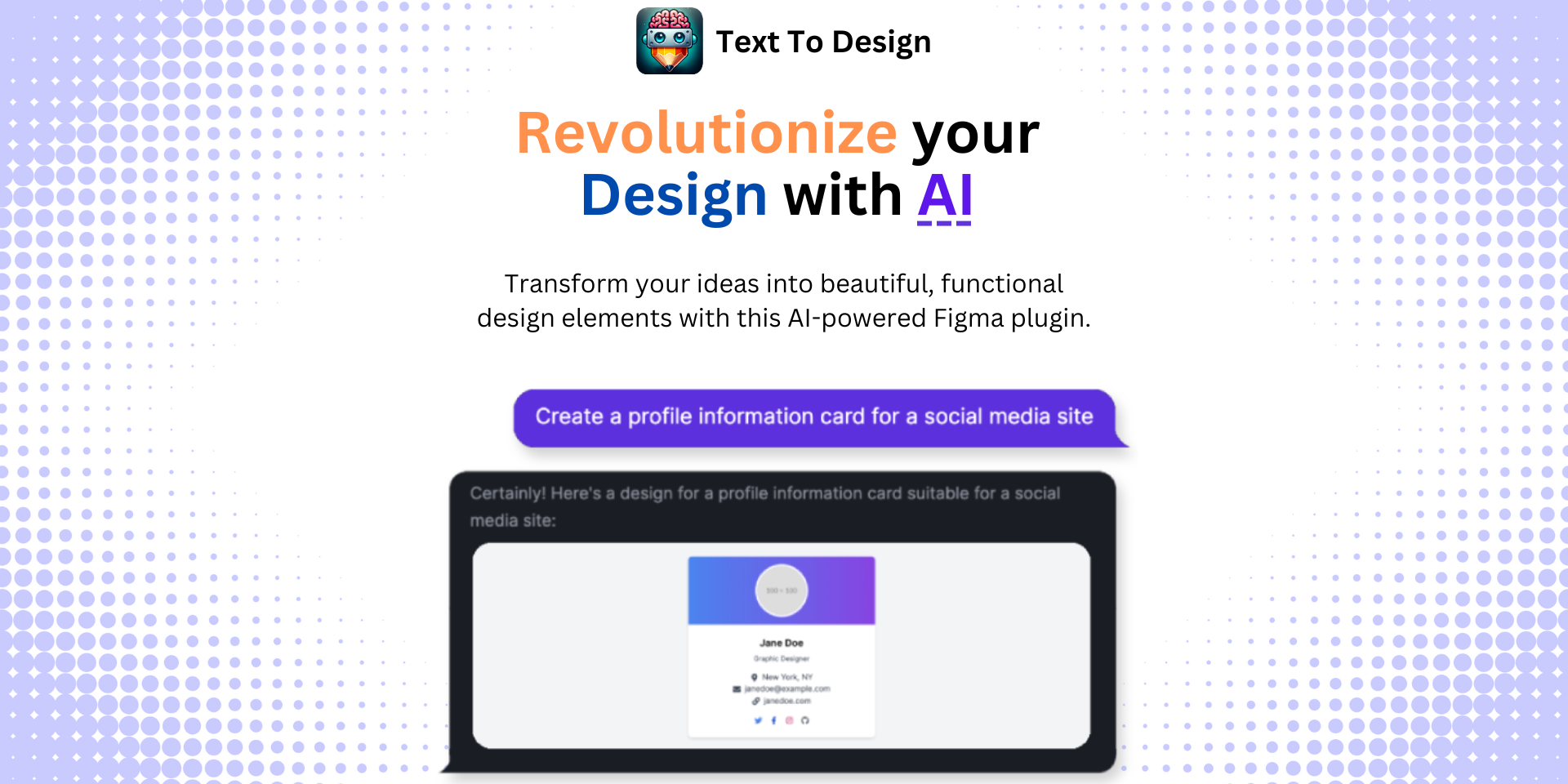Figma vs Adobe XD: A Comprehensive Comparison for Designers
No results found
11/1/2024
# Figma vs Adobe XD: A Comprehensive Comparison for Designers When it comes to selecting the right design tool, UX/UI designers often find themselves debating between Figma and Adobe XD. Both tools offer robust features that cater to a wide range of design needs, yet they differ significantly in their approach and capabilities. This blog post aims to provide a detailed comparison between Figma and Adobe XD, highlighting their unique features and helping you decide which tool best suits your design projects. ## Overview Figma and Adobe XD are prominent tools in the digital design ecosystem, each boasting features that appeal to different aspects of the design process. Here, we delve into their core functionalities, collaboration features, design systems, and more. ### Supported Platforms and Accessibility - **Figma**: Primarily a web-based platform, Figma allows users to work seamlessly across different operating systems as long as they have internet access. This makes it highly accessible and ideal for teams using diverse hardware setups. - **Adobe XD**: Though compatible with both Windows and macOS, Adobe XD operates more like a traditional desktop application, which might appeal to users who prefer working offline or within the Adobe Creative Cloud environment. ### User Interface and Experience - **Figma**: Known for its intuitive interface, Figma's real-time collaboration capabilities set it apart. Designers can work simultaneously on a project, much like how Google Docs works for text editing, which greatly enhances team productivity and reduces version control issues. - **Adobe XD**: Offers a clean, streamlined interface that integrates well with other Adobe tools. However, its collaboration features are not as dynamic as Figma's live-editing capabilities, which might be a consideration for teams prioritizing real-time feedback and updates. ### Design Systems and Prototyping - **Design Systems**: Both Figma and Adobe XD offer strong support for creating and managing design systems. Figma excels with its cloud-based libraries that ensure all team members have access to the most up-to-date components. - **Prototyping**: Adobe XD provides robust prototyping features, allowing designers to create intricate user flows and interactive prototypes. Figma’s prototyping is highly effective as well, offering seamless integrations and responsive design adaptability. ## Key Differences 1. **Collaboration**: Figma's real-time collaboration and cloud-based nature make it the superior choice for teams that value flexibility and responsiveness. [Learn more about Figma's capabilities](https://www.figma.com/figma-vs-adobe-xd/). 2. **Pricing**: Figma offers a free version with limited features, while Adobe XD requires a subscription, which might influence the decision for budget-conscious teams. 3. **Ecosystem Integration**: Adobe XD's integration with the Creative Cloud suite might be advantageous for teams already entrenched in the Adobe ecosystem. [Explore Adobe's offerings](https://www.adobe.com/products/xd.html). ### Use Cases - **Digital Product Design**: Both Figma and Adobe XD serve well for digital product design, but Figma's collaborative tools give it an edge in team settings. - **Brand and Logo Design**: Adobe XD might be preferable for designers who frequently switch between tools like Photoshop and Illustrator for comprehensive branding projects. - **UI Kits and Templates**: Figma's extensive UI kits and templates provide designers with a quick start to any project, reducing the time spent in the initial design phase. ## Conclusion Both Figma and Adobe XD offer incredible capabilities for designers, but the choice between them boils down to specific project needs and team dynamics. Figma stands out for its cloud-based collaboration and ease of use across different platforms, making it ideal for teams in remote or hybrid working environments. Adobe XD, with its robust integration into the Adobe ecosystem, offers a more contained experience that might appeal to users already leveraging Adobe's suite of tools. ### Call to Action As design demands grow, integrating AI-driven tools can further enhance productivity and creativity. Explore the [Text to Design Figma Plugin](https://www.figma.com/community/plugin/1234140943476658588/text-to-design-ai-assistant) to transform your text descriptions into innovative design ideas effortlessly. This advanced AI-powered plugin is perfect for designers, developers, and creative teams looking to streamline their workflow and unlock new creative potentials.  For more insights into how Figma can revolutionize your design process, check out our [blog](https://www.texttodesign.ai/blog) for the latest tips and tricks. Additionally, visit [DesignLab](https://designlab.com/blog) for more articles on UI/UX design trends and techniques. By integrating the right tools and resources, you can elevate your design projects to new heights, fostering creativity, collaboration, and efficiency. Make the choice that aligns best with your team's needs and start designing with purpose today.
Step Into the Future of Design with your AI Copilot
Join +40K designers revolutionizing their workflow with AI. Install our Text-to-Design plugin in just a few clicks to unlock your creative potential. Start for free and instantly generate designs for your project.